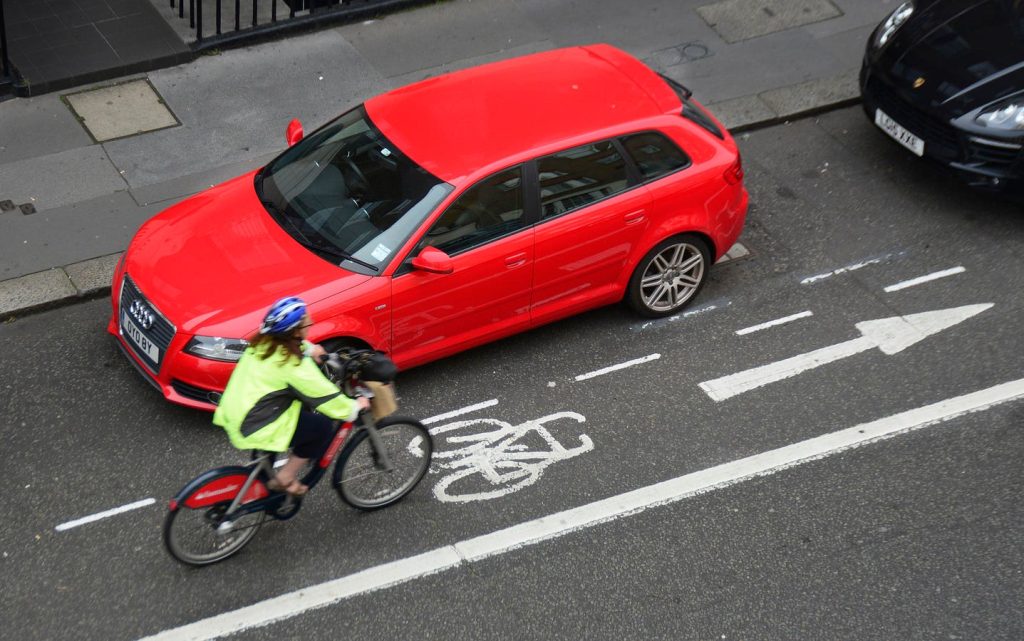The Westminster government’s ambitious goal of doubling cycling activity by next year appears to be far from being achieved, as recent data sets reveal a lack of progress in making England more attractive for cycling and walking. The National Travel Survey for the year ending June 2023 shows that the distance traveled per person by walking or wheeling has remained stagnant since 2003, with a decrease in the total number of trips people take on foot during the same period. While there have been signs of growth in the distance traveled by cycling over the past decade, the average distance cycled per person has remained the same since 2019.
Additionally, the Cycling Traffic Index indicates that the gains made in increasing cycling activity during Covid-19 are waning, with a 29% drop in cycling levels between March 2021 and December 2023. Although cycling traffic levels have increased by 15.5% over the last ten years, they still fall short of the government’s target of doubling cycling use. The Active Lives Survey conducted by Sport England provides a more positive outlook, showing an increase of two million more adults engaging in regular physical activity through sports since 2016. However, there is a growing disparity in activity levels based on geographical location, with 33.7% of people in the most deprived neighborhoods considered inactive compared to 20.5% in the least deprived areas.
Moreover, the number of active individuals in the most deprived areas has decreased by 2.5% over the past seven years, highlighting a concerning trend of declining physical activity in certain regions. The West Midlands and the North East have seen little to no change in the number of active people, indicating a lack of progress in encouraging physical activity in these areas. Despite these challenges, between November 2022 and November 2023, 63.4% of the adult population met the Chief Medical Officers’ guidelines of engaging in at least 150 minutes of moderate-intensity physical activity weekly. This figure has remained relatively stable compared to the previous year, with an increase of two million more active adults since the survey was first conducted in 2015-2016.
Overall, the data paints a mixed picture of physical activity levels in England, with stagnant levels of walking and cycling despite government targets, contrasting with modest increases in overall physical activity based on the Active Lives Survey. The growing regional disparities in activity levels highlight the need for targeted interventions to promote physical activity in deprived areas. Efforts must be made to address the factors contributing to the decline in cycling and walking activity while continuing to support and encourage individuals to engage in regular physical activity for improved health and well-being.


